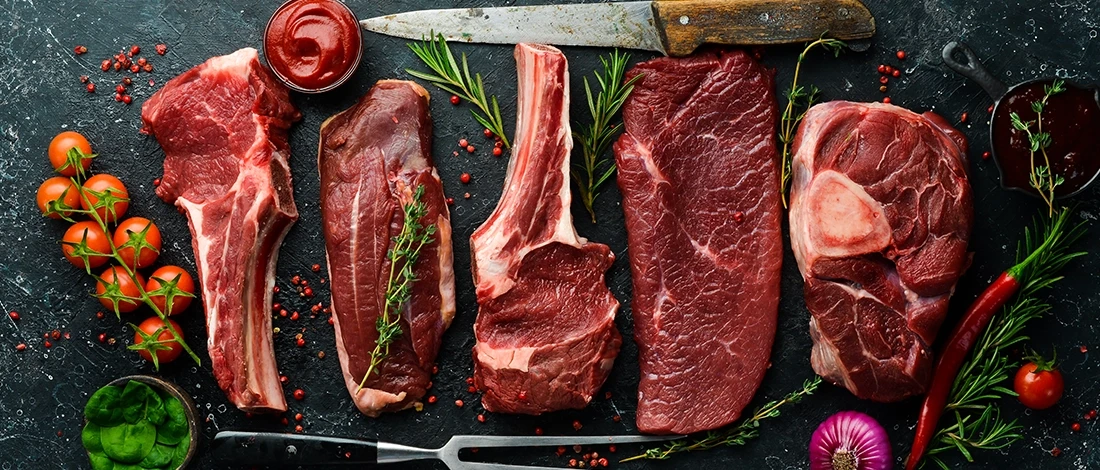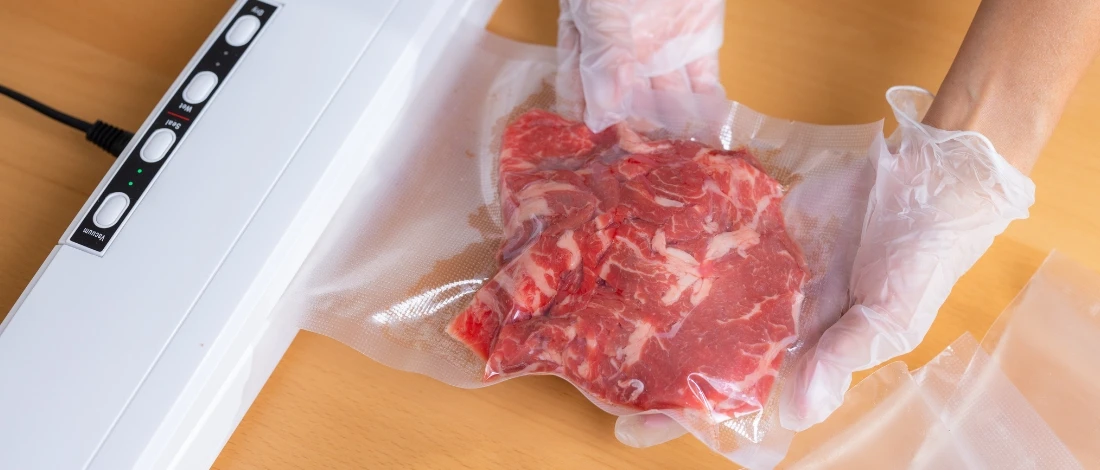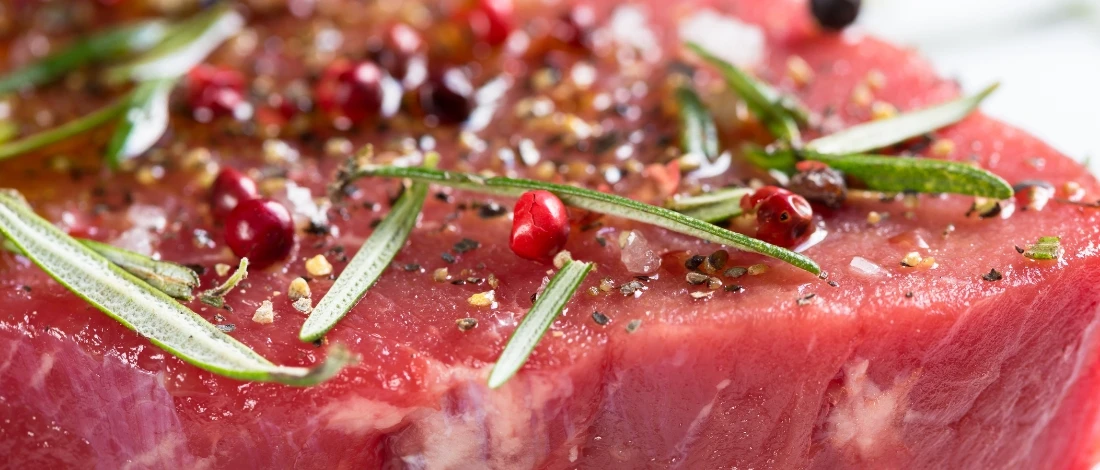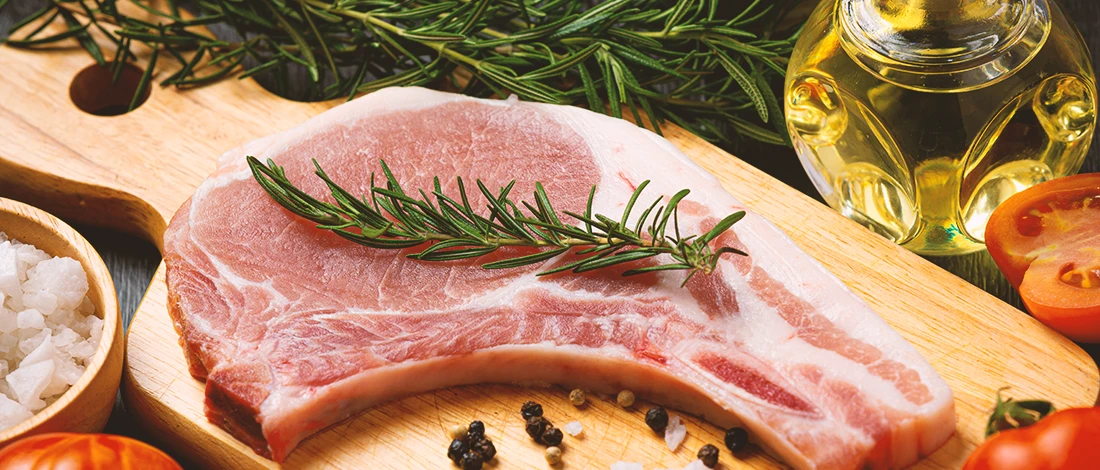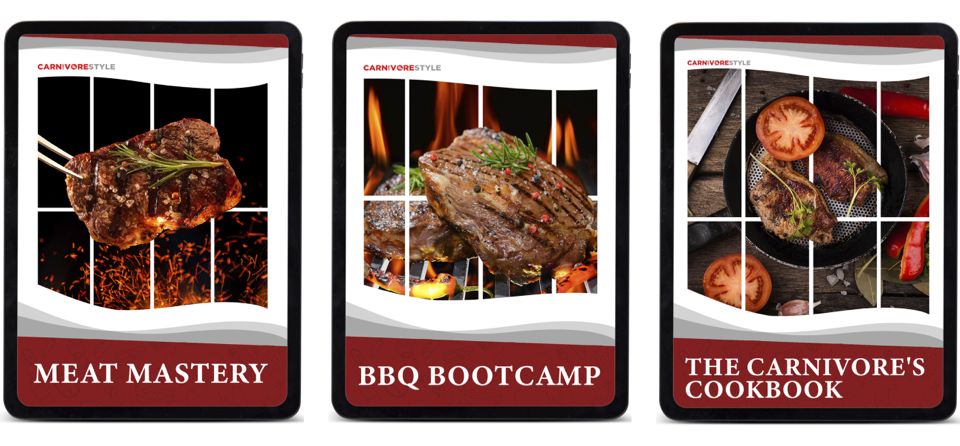My first contact with Brazilian cuts of meat was picanha. It was one of the most delicious cuts I’ve ever had, leading me to try out other popular cuts as well.
At Carnivore Style, we love exploring beef from around the world, and Brazilian cuts truly stand out for their flavor and texture.
So, I talked with a Brazilian friend and a butcher and compiled a list of the nine best Brazilian beef cuts you should try.
Let’s get into it.
Quick Summary
- Some of the most popular Brazilian cuisine cuts of meat include strip steak, round steaks, rump cover, rump cap, beef rib, and more.
- Beef cuts in Brazilian cuisine are similar to US cuisine.
- Brazilian beef cuts of meat are commonly used for slow cooking and barbecuing.
- If you’re looking for a reliable supplier of high-quality beef, check out our review of ButcherBox.
9 Brazilian Beef Cuts
Here is a list of the cuts that are popular in Brazil.
1. Cupim
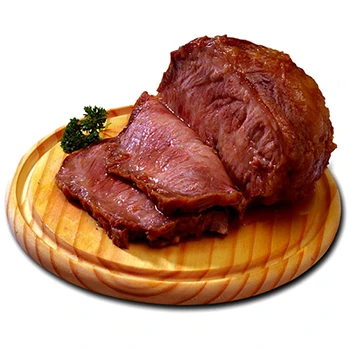
Cupim, pronounced ku-pin, is a beef cut unique to Brazilian cuisine. It comes from a breed of cow called the Brazilian Zebu [1].
Unlike cows in the US, these cows have a hump between their shoulder blades (similar to a camel). The hump is where the cupim comes from.
Cupim is tender, marbled, and has a rich taste. It doesn’t have blood or juice, so the flavor is rich with a somewhat stringy texture.
You can cook cupim as you would cook a brisket. Generally, it tastes best when cooked with methods that tenderize this tough cut of meat. Or, you can cook it in a stew, which makes it less greasy.
2. Alcatra
Alcatra is a top sirloin cut. This lean cut is large and long, known for its hearty beef flavor.
This is one of the largest skewered cuts served as churrasco (Brazilian barbecue). It’s seasoned with salt and grilled with a lot of fat, which results in crispy meat.
This top sirloin cut is great as a steak, and it’s a good choice if you want something marbled and flavorful but lean.
3. Fraldinha
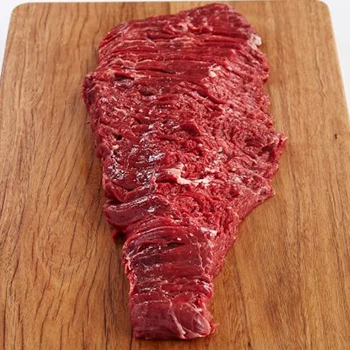
Fraldinha is another popular cut at every Brazilian steakhouse. It resembles flank steak and is served in long pieces.
It should have a pink middle and a grilled crust when served as barbecued meat when making churrasco.
Fraldinha comes from the bottom sirloin and is cut against the grain, which makes it very tender. Because it comes from a muscular area, it should be slow-roasted.
4. T-Bone/ Porterhouse
T-Bone/Porterhouse cut has two kinds of meat combined into one — there’s a loin and a strip, separated by a bone shaped like a T. The loin part is very flavorful and has a great texture, and the steak is soft.
These cuts come from the short loin section and are among the best cuts of beef for dry cooking.
Note: The Porterhouse steaks are bigger than the T-bone and have more meat. Both T-bone and Porterhouse are popular cuts in Brazil and are commonly sold in every Brazilian steakhouse.
5. Tenderloin
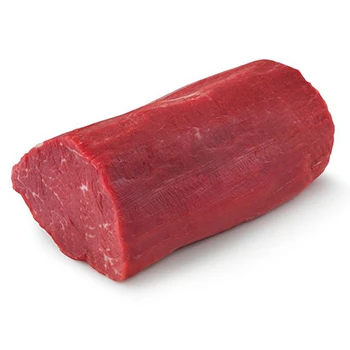
Tenderloin is known as lomo, lomito, loin, or sirloin in Brazil. This cut comes from the center of the loin and is among the most expensive ones.
It’s about two inches thick, rich in flavor, and extremely tender. Tenderloin can be used whole or cut into a filet mignon. It can also be a part of T-bone and Porterhouse steaks.
Filet mignon and tenderloin steak have a buttery texture and are often served wrapped in bacon in Brazilian steakhouses.
Tenderloin is also commonly used for churrasco because it doesn’t have fat.
Also Read: Crusted Tenderloin of Beef
6. Tri-Tip
Tri-tip has a triangular shape. It’s thick cut, so it should be cooked covered.
Brazilian tri-tip comes from the bottom sirloin, specifically the lower abdomen of the cow. It weighs 1.5 to 2.5 pounds and is also called a bottom sirloin butt.
It’s best placed in a marinade before cooking. Use orange, lime juice, and spices to make the meat extra tender and juicy.
7. Top Sirloin Cap
This cut is also called picanha and is the most popular beef cut in Brazil. It’s also called rump cover, rump cap, and culotte steak.
Picanha cut is taken from the top of the rump [2]. It has a triangular shape and a fat cap. The part of the cow it comes from isn’t overused, so this is a juicy and tender cut.
“Traditional Brazilian barbecues, known as churrasco, call for the picanha to be sliced, skewered, and grilled over a barbecue.”
- Steak School, Beef Education Website
Generally, smaller cuts are the best for picanha steak. Make sure to always cut with the grain before cooking or in the same direction as the fibers. You can cook it on a barbecue, or grill, or roast it whole.
Tip: There’s no need for a lot of seasoning, as picanha has a robust beefy flavor. However, you can use the chimichurri sauce for brighter flavors.
8. RibEye
Ribeye steak, or chuleta, comes from the cow’s rib section. You can get it boneless or bone-in. This marbled meat with a lot of intramuscular fat gives it flavor and moisture.
Overall, this is one of the softest and most expensive cuts you can get.
Also Read: How to Grill Ribeye Steak?
9. Top Round
Finally, the top round is the main cut made up of the upper part of the hind leg. Top round steak isn’t as popular as other cuts because it doesn’t have fat, which makes it dry when grilled.
FAQs
What Cut of Meat is Best for Brazilian BBQ?
Picanha is the best cut of meat for Brazilian BBQ. It’s one of the most popular beef cuts in Brazilian cuisine.
What is Ribeye Called in Brazil?
Ribeye is called chuleta in Brazil.
What Cuts of Beef are Churrasco?
Churrasco cuts of beef are skirt steaks. Churrasco is a Latin American term that describes skirt steak grilled on high heat. It’s made with a long cut of skirt steak marinated, so it’s juicy.
At Carnivore Style, we’re here to help you discover new ways to enjoy meat from every corner of the globe. Check out our other guides and recipes to keep your carnivore meals exciting and full of flavor.
References:
- https://www.sciencedirect.com/science/article/abs/pii/S1871141316300257
- https://beef2live.com/story-brazilian-beef-cuts-90-107049



